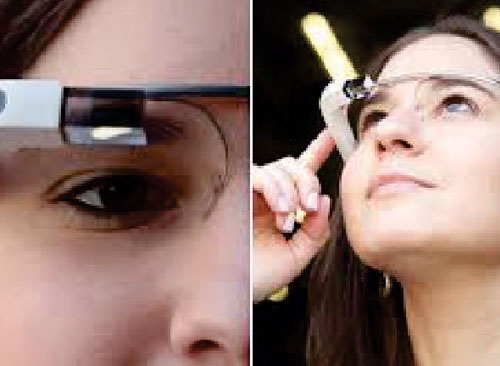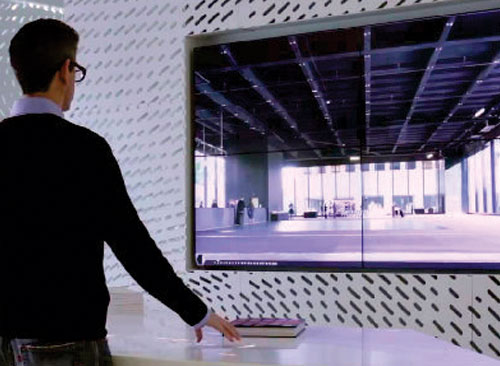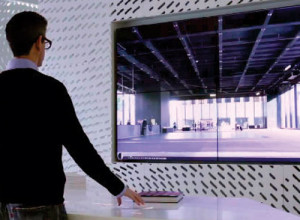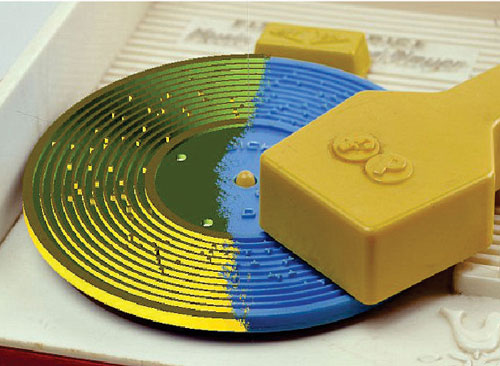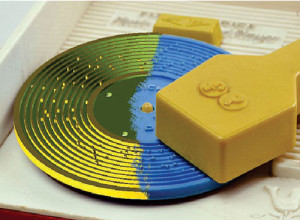Google Glass is a wearable computer with an optical head-mounted display that is being developed by Google in the Project Glass research and development project, with a mission of producing a mass-market ubiquitous computer. Google Glass displays information in a Smartphone-like hands-free format that can communicate with the Internet via natural language voice commands.
Voice activation
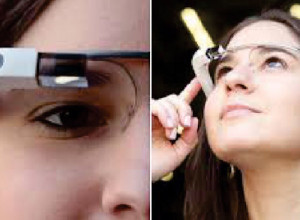 Other than the touchpad, Google Glass can be controlled using “voice actions”. To activate Glass, wearers tilt their heads 30° upward (which can be altered for preference) or tap the touchpad, and say “O.K., Glass.” Once Glass is activated, wearers can say an action, such as “Take a picture”, “Record a video”, “Hangout with [person/Google+ circle]”, “Google ‘what year was Wikipedia founded?'”, “Give me directions to the Eiffel Tower”, and “Send a message to John”(many of these commands can be seen in a product video released in February 2013).
Other than the touchpad, Google Glass can be controlled using “voice actions”. To activate Glass, wearers tilt their heads 30° upward (which can be altered for preference) or tap the touchpad, and say “O.K., Glass.” Once Glass is activated, wearers can say an action, such as “Take a picture”, “Record a video”, “Hangout with [person/Google+ circle]”, “Google ‘what year was Wikipedia founded?'”, “Give me directions to the Eiffel Tower”, and “Send a message to John”(many of these commands can be seen in a product video released in February 2013).
Technical specifications
Android 4.0.4 and higher
640×360 display
5-megapixel camera, capable of 720p video recording
Wi-Fi 802.11b/g
Bluetooth
16GB storage (12 GB available)
682MB RAM “proc”.
3 axis gyroscope
3 axis accelerometer
3 axis magnetometer (compass)
Ambient light sensing and proximity sensor
Bone conduction transducer
